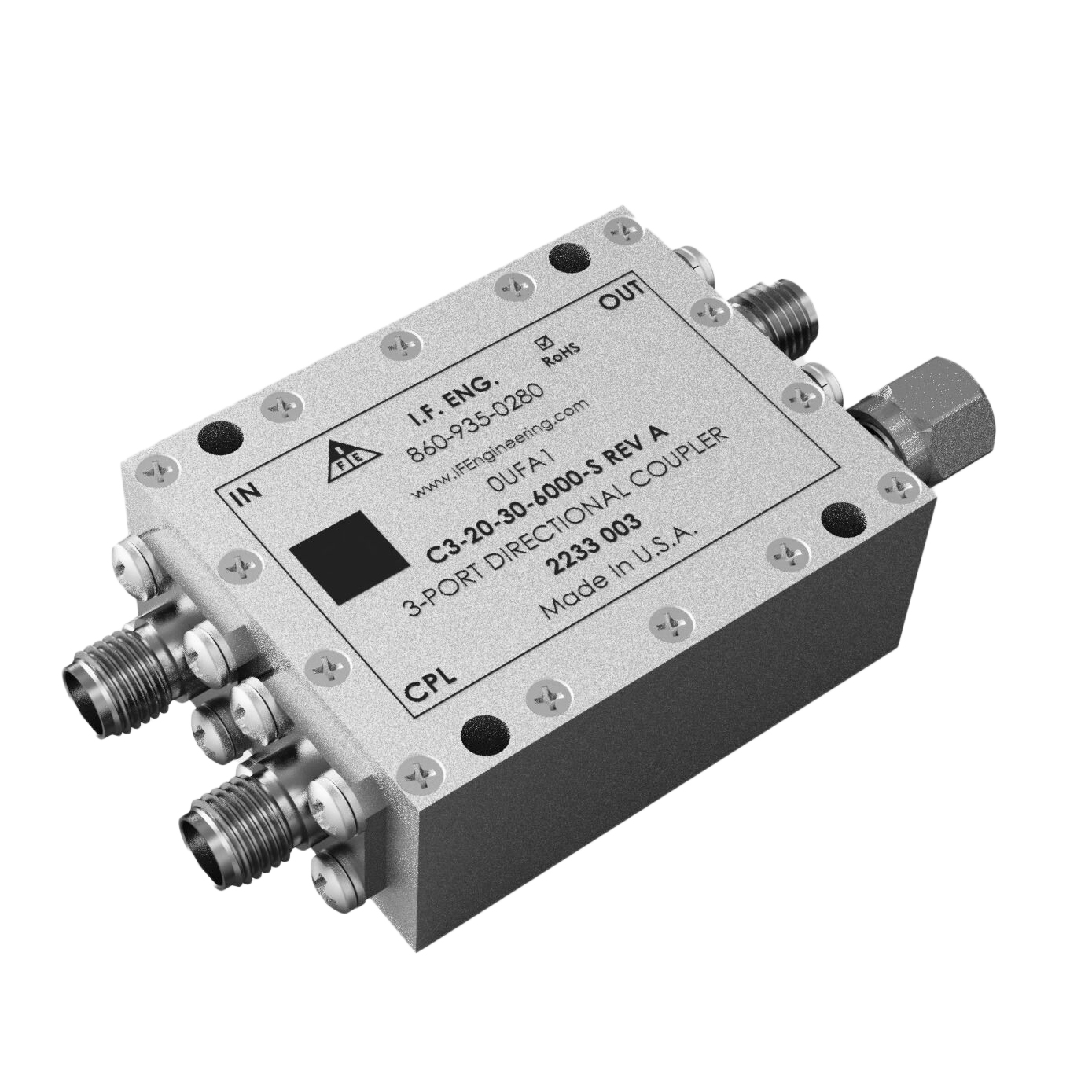C4 Series, RF Directional Coupler
Results:
2
Manufacturer
Series
Insertion Loss
Package / Case
Power - Max
Frequency
Return Loss
Supplier Device Package
Coupling Factor
Applications
Coupler Type
Isolation
Results remaining:2
Applied Filters:
C4
About RF Directional Coupler
RF directional couplers are electronic devices specifically designed to transfer a precise amount of electromagnetic power from one transmission line to a secondary line, allowing the signal to be utilized in another circuit. These couplers come in different types, including couplers with filters, dual-band dual-path couplers, and standard couplers, and their frequency range can extend from DC (Direct Current) up to 40 GHz. Couplers with filters are equipped with additional filtering components that help attenuate or eliminate certain frequencies, allowing for more precise power coupling in specific frequency bands. Dual-band dual-path couplers, as the name suggests, provide coupling capabilities for two different frequency bands simultaneously, enabling efficient use of RF signals in multiple circuits. The coupling factor of RF directional couplers refers to the ratio of the power transferred to the secondary line compared to the power in the main transmission line. This factor can vary, ranging from -20 dB to 49 dB, allowing for different power division ratios based on the specific requirements of the application. RF directional couplers find applications in various areas such as AGSM (Advanced Global System for Mobile Communications), AMPS (Advanced Mobile Phone System), CDMA (Code Division Multiple Access), cellular networks, DCS (Digital Cellular System), DECT (Digital Enhanced Cordless Telecommunications), E-GSM (Extended GSM), general-purpose RF systems, GSM (Global System for Mobile Communications), LTE (Long-Term Evolution), military applications, PCN (Personal Communications Network), PCS (Personal Communications Service), PDC (Personal Digital Cellular), PHP (Public Health and Social Care), S-Band Radar, telecommunications, W-CDMA (Wideband Code Division Multiple Access), wireless LAN (Local Area Network), WLAN (Wireless Local Area Network), and X-Band Radar. In summary, RF directional couplers play a crucial role in transferring specific amounts of electromagnetic power between transmission lines, enabling the utilization of RF signals in various circuits. The different types and frequency ranges of these couplers cater to a wide range of applications in telecommunications, wireless systems, radar systems, and more.


